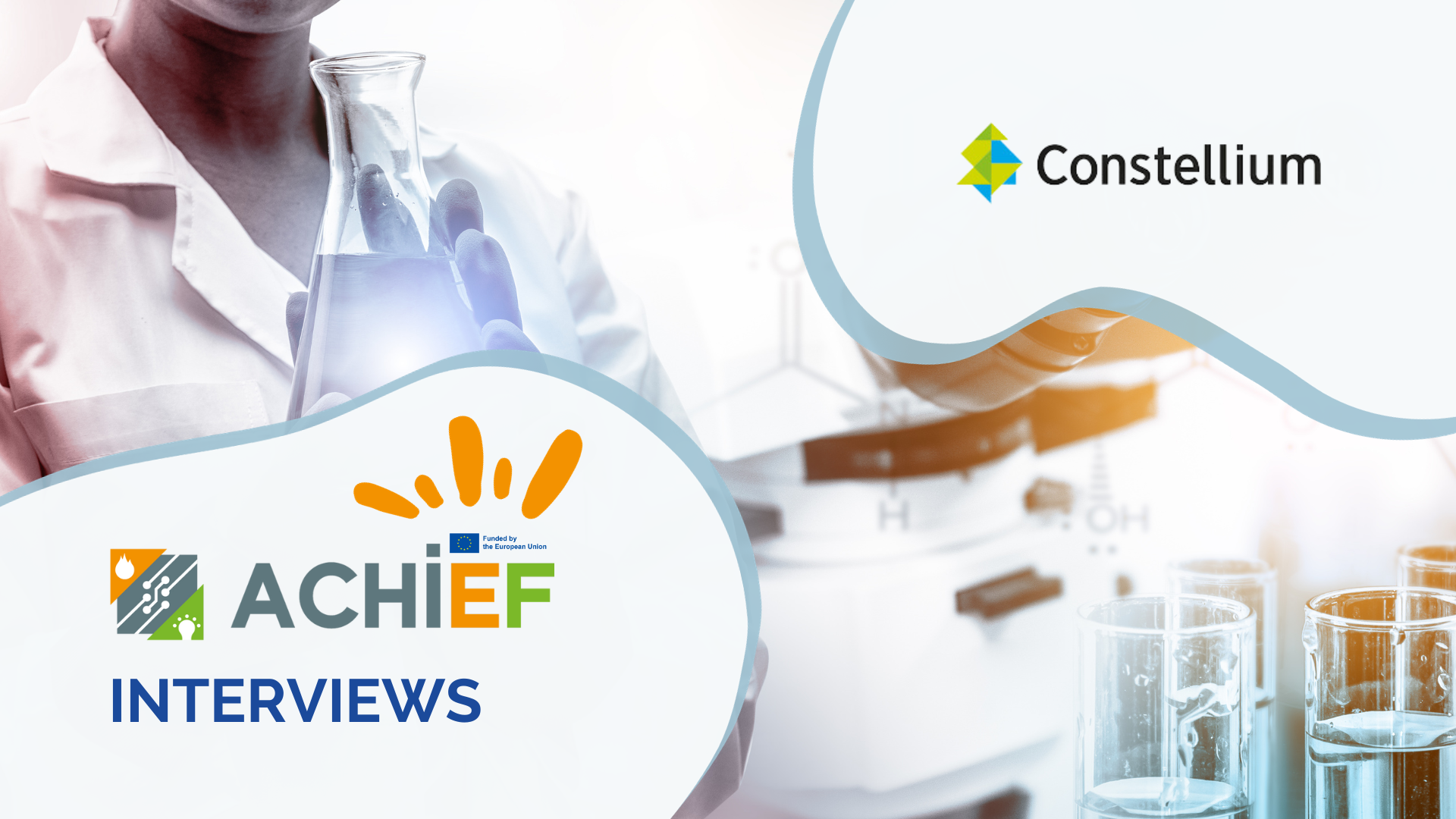![]() 02/01/2024
02/01/2024
Redefining success: Conversations with Constellium
Why did you join the ACHIEF project and what’s your role?
Constellium specialised in casting and transforming high value-added aluminum products for various industries including transportation, packaging, automotive, among others. The process involves rolling aluminum between 2 cylinders, or rolls, that need to be protected from wear at high temperature. In this framework, Constellium joined the ACHIEF project to contribute towards the development of novel materials to protect our rolls during metalworking processes. Our role involves conducting industrial tests on coatings developed by the ACHIEF partners, exploring their effectiveness in practical applications.
How is Constellium contributing to reduce their environmental footprint and enhance the circular nature of their processes?
Historically, the metallurgical industry generates a lot of waste in the form of consumables, tools, and packaging, while also consuming significant amount of energy, primarily for heating metals. At Constellium we work on energy-saving initiatives, increasing the recycled content within our products and curtailing the overall consumption of gods on a global scale.
How is Constellium going to validate novel PDC coatings with high-temperature degradation resistance?
Constellium has a pilot casthouse at C-TEC (Constellium Technology Center) specifically designed for alloy experimentation and technology prototyping. There are several prototyping lines which are regularly used for testing new solutions. The evaluation of this new PDC coatings will take place on one of these lines capable of producing industrial-sized products, subsequent to their successful assessment in laboratory-scale tests. Additionally, the parts that will be coated will be tested in real industrial environment with all the relevant constraints, in particular with the exposure to the most demanding and corrosive aluminum alloys.
Can you explain the process to test the capability of HESA nanocomposite coatings?
The HESA nanocomposite coating will undergo evaluation involving thermo-mechanical cycling and adhesive wear during the rolling process. To assess the potential damage of the coating, Constellium uses small-scale rolling mills and a tribometer to simulate cyclical fatigue in harsher conditions than those found in the industrial environment.
How would you explain to a wider public what will be the impact of the ACHIEF project to energy intensive industries such as Constellium?
Hopefully the HESA coating developed by the ACHIEF project will significantly reduce wear of the rolls, thus the need to renew the surfaces through energy-consuming process. Additionally, we rely on the project to eliminate the current coating which requires toxic intermediate materials such as hexavalent chromium in its manufacturing process.
As for the PDC coatings, their primary objective is to substantially enhance the resistance to wear of components exposed to liquid aluminum corrosion. By extending the lifespan of these parts, we aim to reduce their frequency of replacement, ultimately leading to a reduction of their consumption.
How do you see the future of the ACHIEF project?
Research takes time! But not as much as implementation of a brand-new solution in the industry. The dream future for ACHIEF would be a successful coating for small-scale machines, then on one stand in one industrial mill, and hopefully, a wide-spread of this innovation across Constellium rolling mills. Furthermore, PDC coatings could be a game changer for our industry so we expect this development to be successful!
CONSTELLIUM MAIN RESPONSIBLES TEAM
Ariane Viat, PhD Lubrication technology engineer
Pierre-Yves Menet, Casting and Recycling Group Manager
Jerome Cornu, Foundry Quality/Process Management




